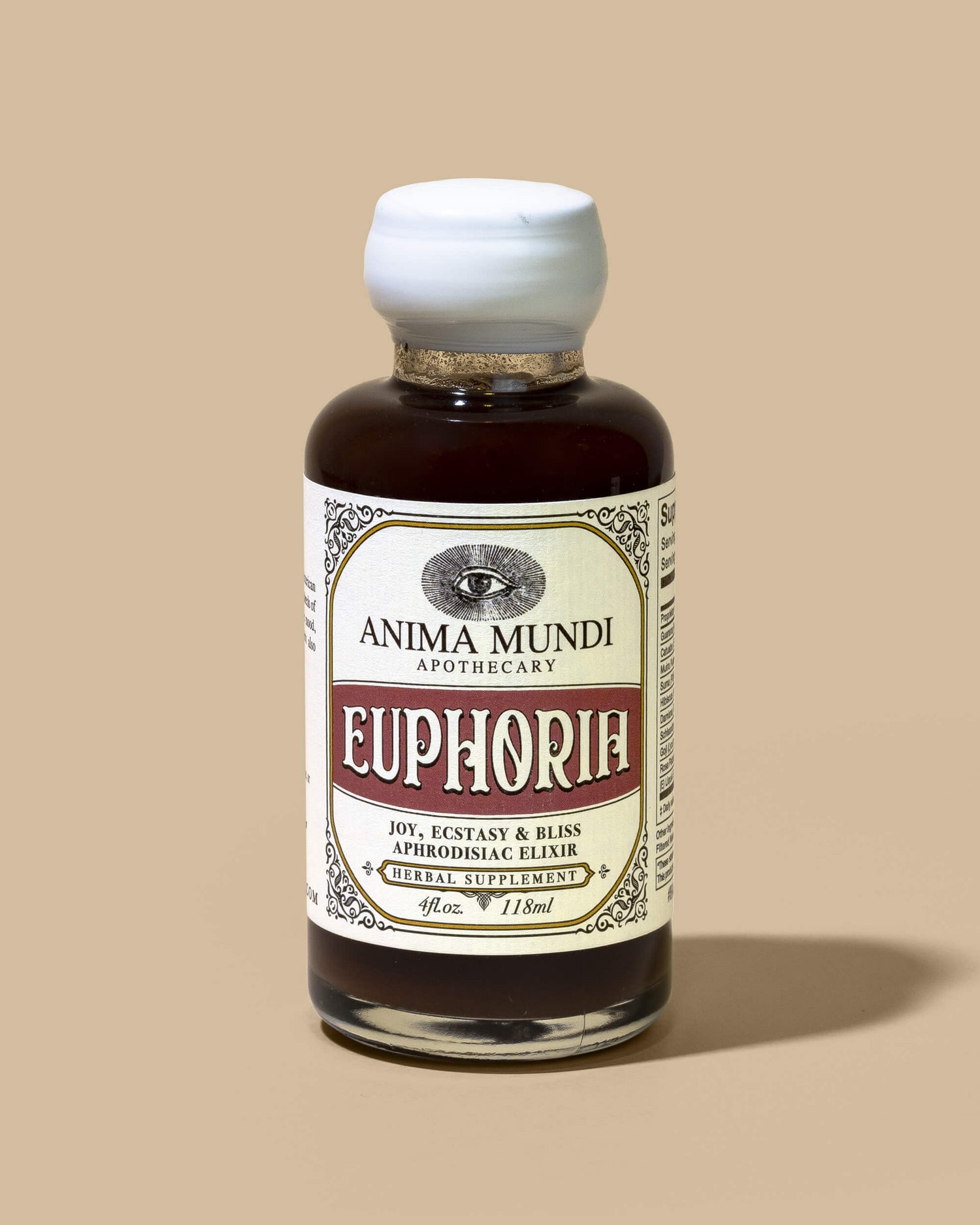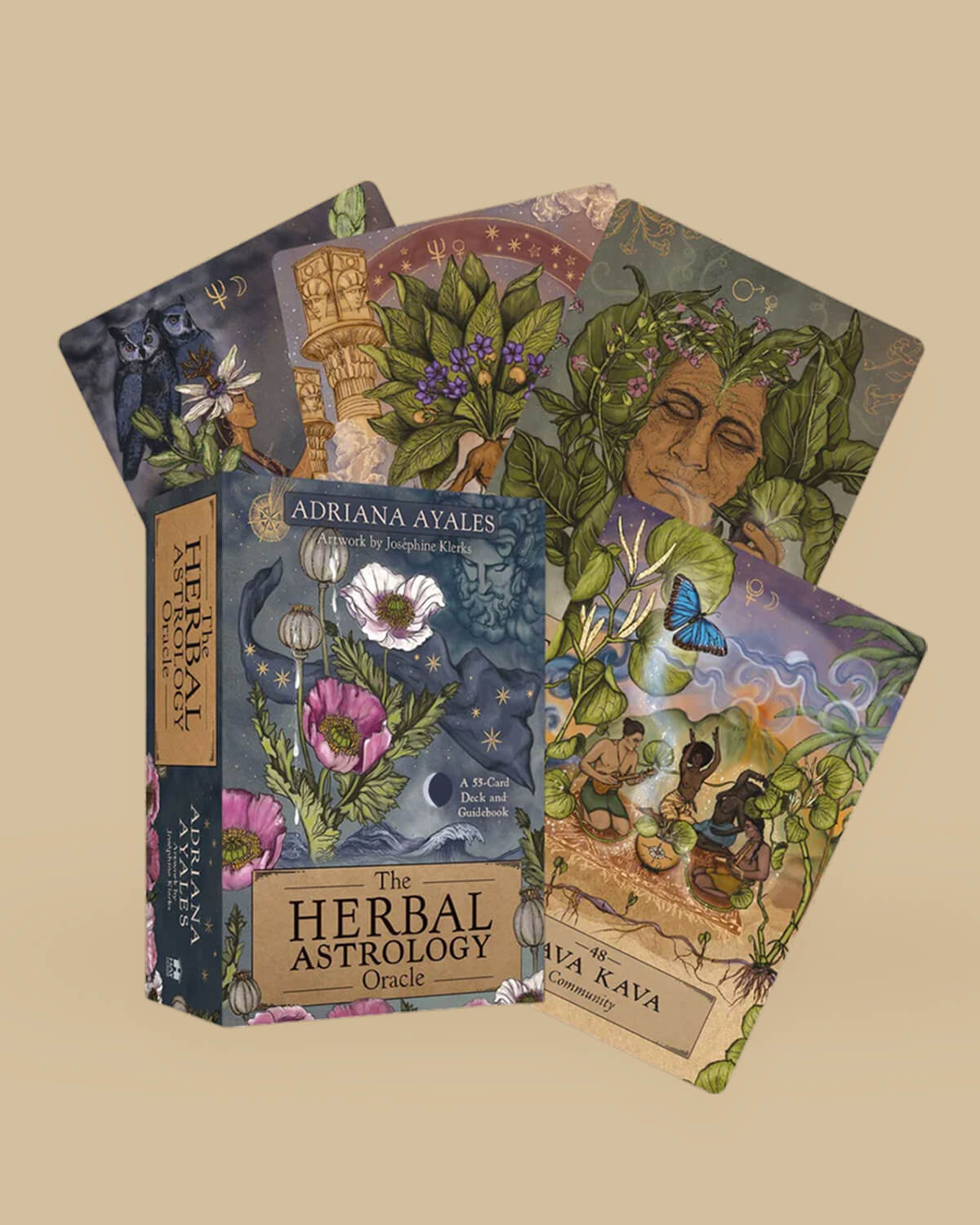Did you know that natural and traditional remedies predated many prescription medicines now on the market?
Chinese, Indian, and Arabic herbal medicines have cumulatively relied on over 53,000 species of plants for centuries to heal the sick, aging and dying in their relative societies. The folk medicines of these cultures and innumerable others around the world have transformed plants and their extracts into botanical medicines to boost vitality and cure diseases long before conventional pharmaceuticals existed.

Herbal therapy not only uses whole plants, but also seeds, berries, leaves, fruits, roots, bark, and even flowers.
Written records about plant-based medicine date back at least 5,000 years. “The Sumerians described well-established medicinal uses for such plants as laurel, caraway, and thyme,” wrote the authors of Historical Perspective of Traditional Indigenous Medical Practices: The Current Renaissance and Conservation of Herbal Resources. The researchers also affirmed that additional archaeological studies offer proof that herbal medicinal practice dates back at least around 60,000 years ago in Iraq and 8,000 years ago in China.
Pao-Zhi, for instance, is a popular Chinese medicinal approach dating back approximately 2,000 years that encompasses specific treatments and is backed by scientific evidence. Today, China exports its Chinese Herbal Medicine (CHM) products to more than 130 countries across the globe, including over 8,000 different herbal varieties. More than 50 of those CHMs reach the U.S. shores, including, but not limited to: licorice, turmeric, frankincense, rhubarb, eucommia, cloves, ginseng, and wolfberry.
Ayurveda, also known as Indian Herbal Medicine (IHM), emerged between 6,000 and 4,0000 BCE during the Buddhist period, and remains the basis of primary healthcare for 70 percent of India’s population today. In both the Rig veda and the Atharvaveda, Vedic Sanskrit hymns in Hindu literature, as well as the Bhava Prakasha (the most relied upon text related to herbs and plants according to modern Ayurvedic practitioners), the actions of various plants are detailed meticulously. Neighboring countries translated and adapted the texts, as did the Greeks (300 BCE) and Persian and Arabic health specialists (700 CE).

Islamic or Arabic Herbal Medicine (AHM) originated in the cradle of scientific and medical knowledge (632 to 1258 CE), and helped develop Europe’s modern medicine.
Techniques like evaporation, filtration, distillation, sublimation and crystallization were borrowed from Chinese “alchemy” as the Ancient Arabs established their physicochemical “pharmacy”. The world’s first drug stores are said to have been found in the Arab world (Baghdad, 754 CE), and the Arabs in the region were credited as the first in history to “separate medicine from pharmacological science” (Source: NIH).
Clay tablets in cuneiform recorded the earliest records of herbs in Mesopotamia (2600 BCE), and the Ebers Papyrus (1500 BCE) remains the best known Egyptian pharmaceutical record. In it, 700 (mostly) plant-based medicines were documented.
As history has shown, nature’s tools not only predated those of the Western medicinal practices most widely accepted for first aid and innumerable other purposes at present, they also formed the basis of traditional pharmaceuticals. Because of this, as well as the frightening side effects and actions of some over-the-counter medications, herbal medicine continues to experience heightened popularity. Many are looking to return to the source.

First Aid 101
First and foremost, you know your body better than anyone else, so we advise you to ask yourself these questions (below) while you prepare for your first aid kit.
Are you dealing a particular pain? Do you have problems with sleep, and/or digestion? Are you prone to a sore throat, headaches or blisters? Below we have listed some of the most common ailments and classic suggestions of natural remedies that help the general needs.
Other than the herbs below, your basic kit must also include the essentials, such as cotton swabs, tweezers, cleansing wipes, adhesive bandages, surgical tape, packet of tissues, non-adhesive bandages, gauze. If there are other medical supplies that are a must for you, and or a particular condition, of course include those as back-up. You might also want to include paracetamol, tablets for allergy relief if you have a propensity to serious allergies, hydration sachets (electrolytes - there's many kinds now-a-days, choose your fave), antibiotic creams, and more. Again, think of particular needs you have, or might have in moments of small or potentially bigger emergencies.
Common first aid needs include, but are not limited to:
- Scrapes, bruises, cuts
- Digestive upset (nausea, cramping, etc)
- First sign of cold / cough symptoms
- Fluids to relieve heat stress or dehydration
- Headaches (including migraines)
- Parasites
- Insect bites
- Pain, cramps, muscle spasms, etc.
- Minor burns (including blisters and sunburn)
- Panic attacks, anxiety, shock
- Skin conditions: rash, eczema, herpes outbreaks, etc.
Before you reach for that aspirin or rush to the hospital, consider whether or not your illness or injury can be treated with a holistic remedy from nature’s pharmacy. Of course, in urgent cases or if you’re uncertain about your symptoms/situation, immediately defer to a qualified healthcare professional. But many common needs also have common cures.

Emergency preparedness doesn’t just have to come in the form of a store bought case. You can start by working with what you can get, and make it your own by choosing what you feel or know is essential for you and for your loved ones. If you live somewhere hot, you’ll want to protect yourself from dehydration and other sun-related illnesses. If mosquitoes are abuzz near you, scroll down for some essential post-bite relief.
Here are the top remedies our herbalists recommend you carry or have access to at all times, including some plants to stock up on for travel, for pregnancy, and more.
*There are many variables as to how to prepare the medicines below. Depending on your needs, and preference it can range anywhere from tea, tinctures (alcohol based extracts), glycerinates (vegetable glycerin based extracts), salves, and much more.

ARNICA
Internal Use: Homeopathic form helps to relieve muscle pain, stiffness, swelling, and discoloration from bruises
External Use: Cream or salve treats muscle pain, bruising, and sprains
CALENDULA
Internal Use: Antiviral, vulnerary, and anti-inflammatory
External Use: A skin super tonic used for cuts, scrapes, burns, and rashes
CALIFORNIA POPPY
Internal Use: Pain reliever, mild sedative
External Use: Topical analgesic
PAU D'ARCO
Internal Use: Anti-parasitic, antiviral, anticandidal, detoxifier
External Use: Treats herpes blisters, relieves insect bite pain and itching
*Excellent in combination with activated charcoal for internal or external.
CHILCUAGUE
Internal Use: The “golden root” can protect against parasites, alleviate tooth and muscle pains, and prohibit sore throat and fungal infections like canker sores
External Use: Treats herpes blisters, relieves insect bite pain and itching
COMFREY
Internal Use: For short periods of time, it can help with bone healing.
External Use: Wounds, ulcers, sprains, strains, and pain
ECHINACEA
Internal Use: Anti-viral, anti-microbial, antiseptic, wound recovery + helpful after bites, stings, and allergies, in addition to food poisoning/bacterial infection
ELDERBERRY
Internal Use: Prevents and treats colds and upper respiratory infections
 CHAMOMILE
CHAMOMILE
Internal: Digestive relaxant, excellent for GI disturbances, indigestion, diarrhea, anorexia, motion sickness, and nausea. Assists children with colic, fevers, and coughs.
External: Antiseptic, antibacterial, anti-fungal.
GOLDENSEAL
Internal Use: Antibiotic (due to berberine), helps fight infections, and can aid with digestive stress like traveler’s diarrhea
External Use: Apply to cuts or wounds to stop bleeding; tea can be used as an eyewash to soothe eye irritation
*Be sure to source Golden Seal only from farms that responsibly and ethically cultivate it. Do not support unethical wildcrafting as it's in extinction.
KRATOM
Internal + External Use: One of the greatest pain relievers, which can be used as a topical or internal analgesic *Avoid excessive use, use mindfully.
NETTLE
Internal Use: Daily multivitamin and mineralizer used for repair and strength; also supportive for the womb during menstruation, pregnancy, and more
PLANTAIN
Internal Use: Anti-inflammatory often used to ease coughs, mucous, and membrane irritation
External Use: A poultice can be chewed (or the leaf mashed) to apply to bites, stings, burns, cuts, and scrapes
PEPPERMINT
Internal Use: Relieves headaches, stomach pain, and can help break a fever
External Use: Use a tea bag or compress to relieve irritation, heat, or itching
ST. JOHN’S WORT
Internal Use: Powerful antiviral and antimicrobial used to fight off viruses and infections; can also be used as a nervine to soothe the nervous system
External Use: Due to its antibacterial properties, it is used for a variety of conditions, including but not limited to: arthritic joints, burns, sunburns, stings, wounds, and other skin irritation
YARROW
Internal Use: Fights infection, stimulates sweating, and lowers fever; also strengthens circulation and blood flow and relieves digestive stress and cramps
External Use: A true heal-all, excellent for wounds (a coagulant), antiseptic, antimicrobial, antibacterial, and antifungal; topically used to staunch bleeding, treat cuts, scrapes, burns and rashes or for varicose veins/rheumatic joints
WHITE WILLOW
Internal Use: The “origin of aspirin” is a powerful anti-inflammatory, pain reliever, and antipyretic to have on hand at all times
JERGON SACHA
Internal Use: One of the Amazon's most treasured Antivenom. Also a powerful antiviral, anti-inflammatory and antispasmodic. Used as mashed raw root in water, or as a decoction.
External Use: Applied as a poultice topically over snake bites and wounds.
MULUNGU
Internal Use: Nervine, hypnotic sedative, calms hysteria from trauma or shock. Must be used as a decoction or extract to experience its full effects
*Remember to source, and study, as much as possible from your own surroundings and direct ecosystem. Oftentimes we're in need in unexpected moments, and its vital we also source key allies from your environment. Study and explore away!*
VITAL ESSENTIAL OILS TO ALWAYS HAVE AROUND
Remember to always dilute essential oils in another carrier oil prior to applying directly on the skin. You can use essential oils by adding into salves, creams, liniments, or in smelling salts.
1. Lavender - antiseptic, antiinflammatory, stress relieving
2. Tea Tree - has antibacterial, anti-inflammatory, antiviral, and antifungal properties
3. Thyme - has anti-viral, antifungal, anti-inflammatory, and antibacterial properties
There are many, many more that are not included here, but this is a great start to cover all the basis of what you might need when on the go, or as a back-up at home.
















